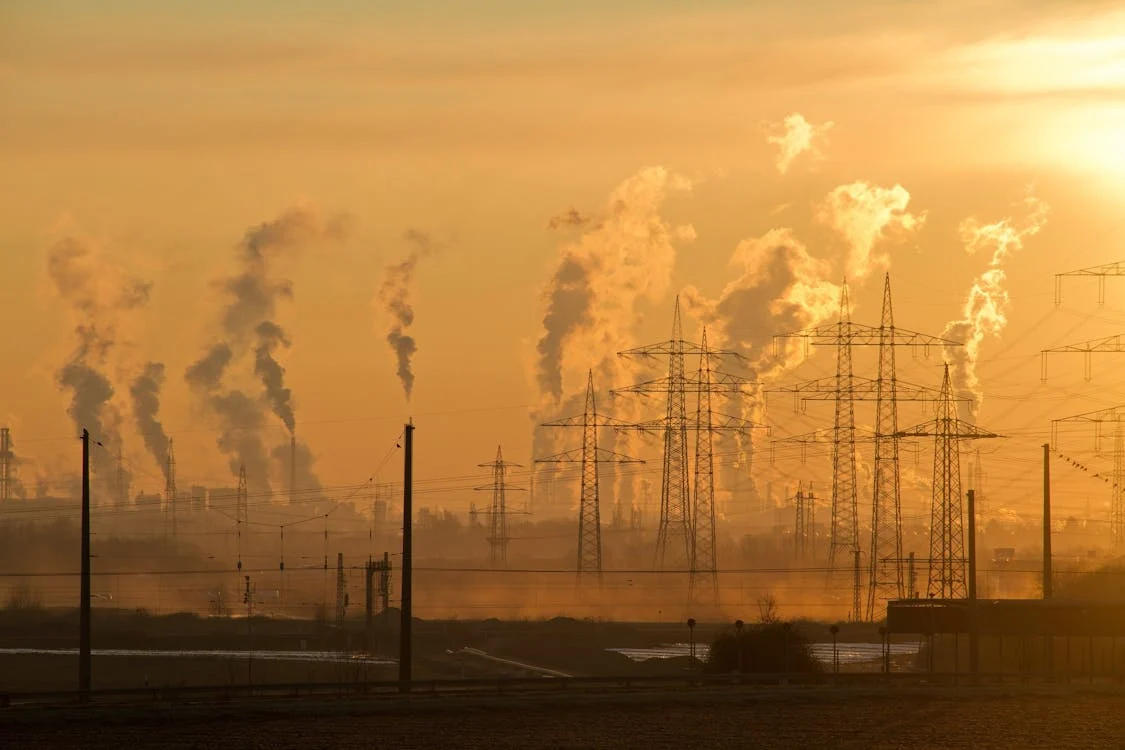7.6K
Climate change is not merely an environmental issue; it's a profound challenge to the very fabric of life on Earth, significantly impacting biodiversity across the globe. As temperatures rise, precipitation patterns shift, and extreme weather events become more frequent, ecosystems and the species within them are forced to adapt, migrate, or face extinction. This dynamic reshaping of habitats and species distribution is painting a new, often grim, picture of our planet's biological diversity.
The effects of a changing climate on biodiversity are multifaceted and far-reaching. In the oceans, for instance, rising water temperatures lead to coral bleaching, where corals expel the symbiotic algae living in their tissues, causing them to turn white and become vulnerable to disease. This not only threatens the corals but also the myriad of species that depend on coral reefs for habitat and food, from fish to microorganisms. Moreover, the acidification of the oceans, a direct result of increased CO2 absorption, is affecting the ability of marine organisms like mollusks and corals to build their shells and skeletons, further disrupting marine biodiversity.
On land, climate change alters the timing of natural events like flowering, migration, and breeding, leading to mismatches between species and their resources. For example, if birds migrate based on day length but their insect prey hatch according to temperature, a change in climate can misalign these events, reducing food availability for the birds. This phenological shift has been observed across many species, leading to declines in populations where adaptation or migration isn't possible or fast enough.
In polar regions, the rapid melting of ice caps and glaciers not only raises sea levels but also destroys the habitats of species like polar bears, seals, and penguins, which rely on ice for hunting, breeding, and resting. The loss of ice also opens up new areas for human activities like shipping, potentially increasing environmental disturbance in previously isolated ecosystems.
Forests, too, are feeling the impact. Higher temperatures and changing precipitation patterns can lead to increased frequency and intensity of wildfires, particularly in boreal and temperate forests. This not only directly kills fauna but also alters forest composition, favoring species that can tolerate fire or grow quickly afterward, which might not support the same level of biodiversity as before. Additionally, shifts in climate zones push species towards cooler, often higher, elevations or latitudes, creating competitive pressures and potentially leading to local extinctions where species can't adapt or move fast enough.
In essence, climate change is a global disruptor of biodiversity, intertwining with habitat loss, pollution, and invasive species to amplify the extinction risk for many species. The interconnectedness of ecosystems means that changes in one area can cascade through the food web, affecting species far removed from the initial impact. As we continue to alter our planet's climate, the biological tapestry of Earth faces an uncertain future, where only the most adaptable or fortunate species might thrive.




Comments (0)